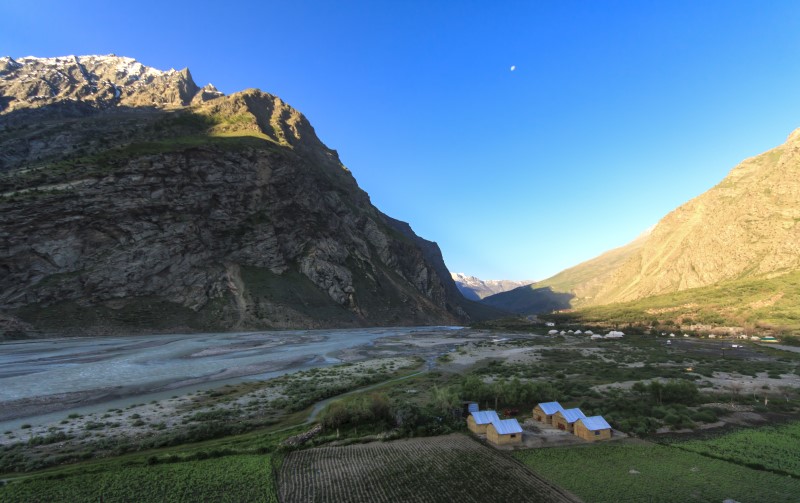Pandemic projects from India

These two projects from India both richly describe narrative practices developed in response to the context of the Covid-19 pandemic.
Responding to grief and loss in the context of Covid-19
In Responding to grief and loss in the context of Covid-19, Maya Sen and Anwesha describe a tender, rigorous process of engaging with Anwesha’s grief following the loss of her father and aunt. This grief was complicated by guilt in the context of Covid-19, and practices of making the context visible, unpacking ideas about a good death, exploring and richly describing alternative ways to honour loved ones, peopling the room, and using practices of documentation all contributed to making the visits from guilt less intense and less frequent.
With the passage of time, his wonderful character comes to my mind: an unparalleled father who taught his daughter to rise above her contemporaries; a man sensitive to even smallest needs and desires. To the world, he was a sincere, honest, helpful person with highest integrity. But to me and my family, he is larger than life and a true hero who nurtured every life he touched. He was a great orator, and I am proud that I am carrying his genes in me and his soul in my heart. He will always be the best man I ever met and my mentor for life.
For my aunt, she is more than a friend. Our relationship was lucid and pure. A woman with deep values and full of life. I will remember her as my first friend who loved me like a mother. I grew up listening to her lullabies. We shared secrets and discussed life. She was whole as a person: bold, beautiful and talented. Pishi, you will continue to live through me and so will your values.
A dedication from Anwesha
Stories of collective resistance in the context of hardship and crisis: An anonymous collective contribution from India during the pandemic crisis
Stories of collective resistance in the context of hardship and crisis: An anonymous collective contribution from India during the pandemic crisis offers a richly described and nuanced overview of a collective care and resistance in response to the Covid-19 context.
The paper includes narrative questions that can be used by readers in their own contexts, such as:
[W]e wondered what would become possible if we could have joint conversations around these issues and richly story instances of collective care and support. We wondered whether thickly storying these aspects might lead to the strengthening of local systems of crisis support. These conversations started with a discussion of friendship rather than the problem story. This was to enable us to approach the issue from a ‘riverbank’ position (Denborough, 2019) from which we could stand aside from the rushing water of the problem and view it from a different angle. Using narrative practices of re-authoring and double listening (White, 2007), we explored how friendship had helped them respond to experiences of violence and hardship. We asked:
• How long have you known each other?
• When did you first meet?
• At what point did you start connecting and become close?
• What enabled you to form this connection and friendship?
• Have there been times when friendship has helped you respond to hardship in your life? Could you give examples?
• Why is this friendship important to you?
• What are some of the things that friendship has made possible for the two of you?
• Where do you want to see this friendship in the future?
• If this friendship persists, what are some things that might be possible in the future?Through an exploration of these questions a rich description of friendship became possible.
Excerpt from the section ‘Friendship and collective resistance to violence, economic hardship and mental health crisis’
In addition to these questions, the paper describes the responses of some community members to these questions. Interviews with Sulanga and Ahana provide rich descriptions of the histories, skills, and values that inform their actions, and the effects of these actions within their communities.
This is a beautiful paper, and will offer readers invitations to reconnect to their own responses, as well as witnessing the responses of the community described.